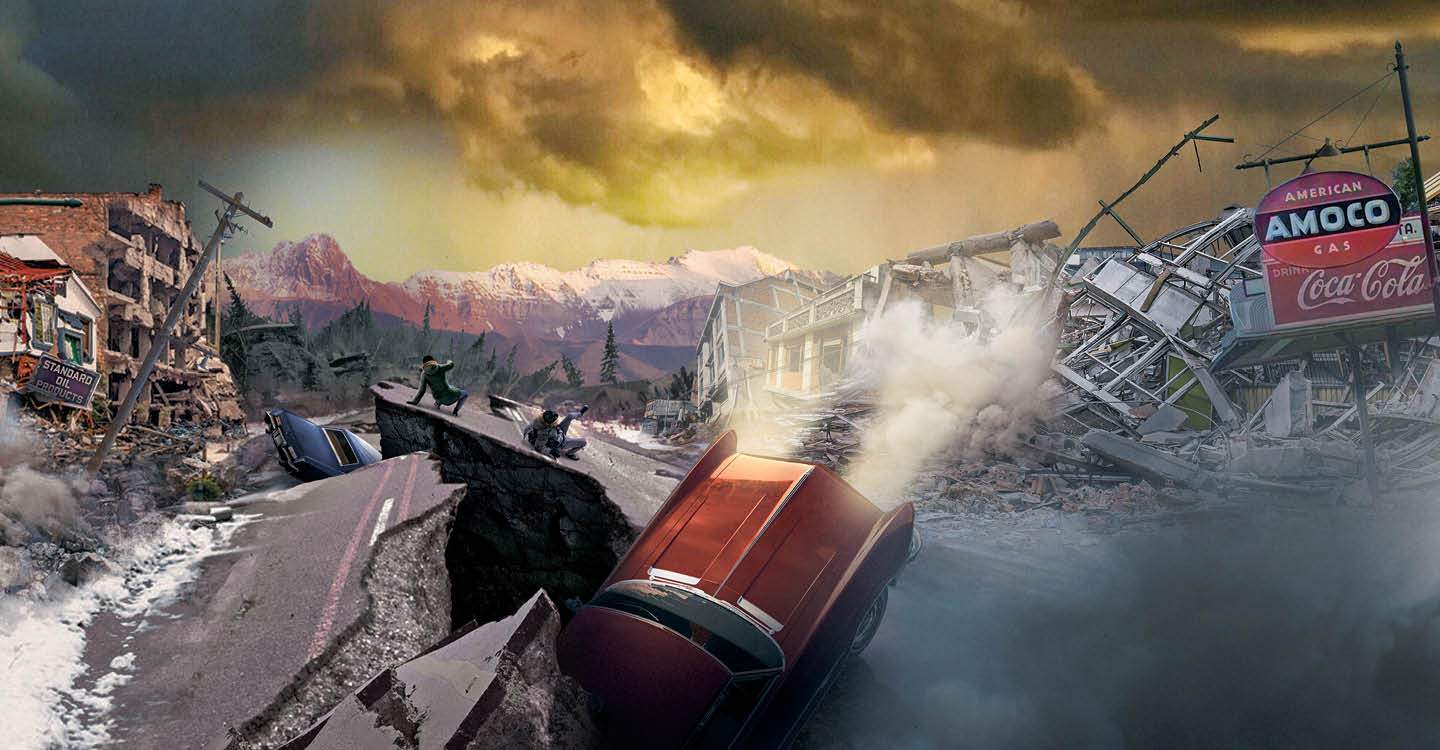Courtesy of Tom Gilson
Tom Gilson
Thirteen-year-old Tom Gilson had been through many earthquakes. It was just part of life growing up in Valdez (val-DEEZ), Alaska.
Every few months, the ground under Tom’s feet would tremble. Dishes would rattle on the shelves. But Tom never worried. To him and most people he knew, it was normal.
Then came March 27, 1964.
At 5:36 p.m., the ground in southern Alaska began to shake. This time, it didn’t stop. The land cracked. Cliffsides crashed into the sea. Giant waves smashed into villages.
Tom was caught in the middle of the most powerful quake to ever strike the United States. But he didn’t know that.
All Tom was thinking was that the world was ending.
Tom Gilson, 13, was used to earthquakes. They were part of life in Valdez (val-DEEZ), Alaska.
Every few months, the ground would tremble. Dishes would rattle on the shelves. But Tom never worried. In Valdez, this was normal.
Then came March 27, 1964.
At 5:36 p.m., the ground in southern Alaska began to shake. This time, it didn’t stop. The land cracked. Cliffsides crashed into the sea. Huge waves hit villages.
It was the most powerful quake to ever strike the United States. But Tom didn’t know that.
He just thought the world was ending.
Thirteen-year-old Tom Gilson had experienced many earthquakes. They were simply part of life growing up in Valdez (val-DEEZ), Alaska.
Every few months, the ground under Tom’s feet would tremble. Dishes would rattle on the shelves. For Tom and most of the people he knew, this was normal and no cause for concern.
Then came March 27, 1964.
At 5:36 p.m., the ground in southern Alaska began shaking—and this time, it didn’t stop. The land cracked, cliffsides crashed into the sea, and enormous waves smashed into villages.
Tom was caught in the middle of the most powerful quake to ever strike the United States, but he didn’t know that.
His only thought was that the world was ending.

